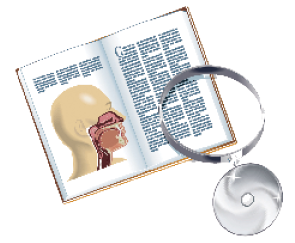 Background
Background
Over the past half century, a variety of different materials have been used to design the ideal middle ear prosthesis and improve post-operative hearing results. Although autologous ossicles are an ideal option, their use is often precluded due to the underlying disease process. This spurred the development of prostheses made from inert biologic and synthetic materials, which allows for precise placement by the surgeon, maximizes sound transfer and provides sufficient rigidity to maintain long-term positioning and outcome. A variety of synthetic materials have been used, including polymers, bioceramics, hydroxyapatite (HA) and, most recently, titanium. Do the low weight, high rigidity and delicately engineered design of titanium prosthesis lead to superior hearing results?
Explore This Issue
December 2012Best Practice
Titanium prostheses are safe and provide excellent functional results in patients undergoing ossiculoplasty for chronic ear disease. However, the hearing results are similar to reconstruction with other materials such as HA and incus interposition reconstruction. Therefore, each patient should have an individualized assessment, both pre-operatively and intra-operatively, and the mechanical and/or anatomic conditions should be considered in choosing a reconstruction method. Read the full article in The Laryngoscope.
Leave a Reply